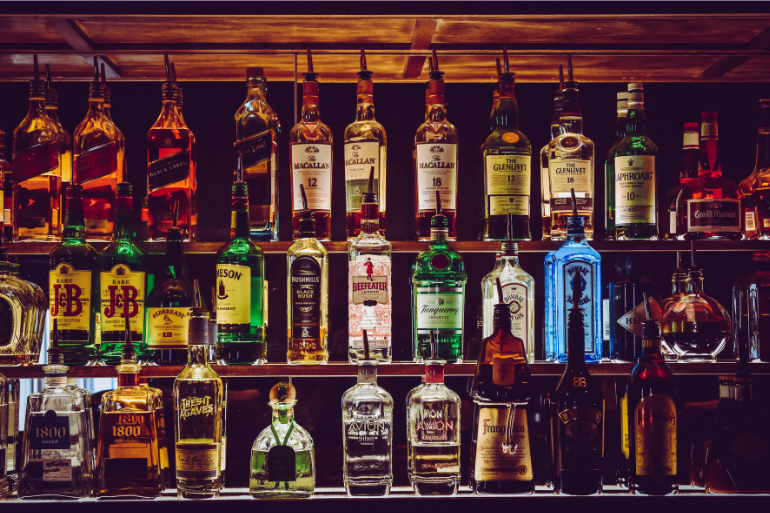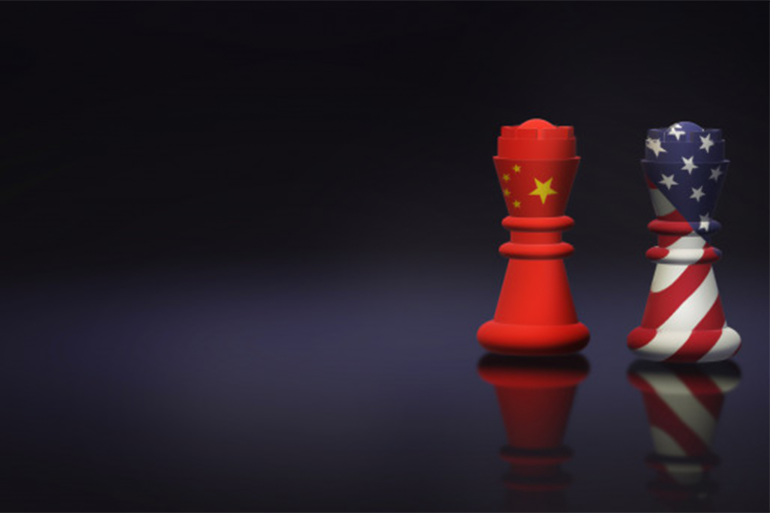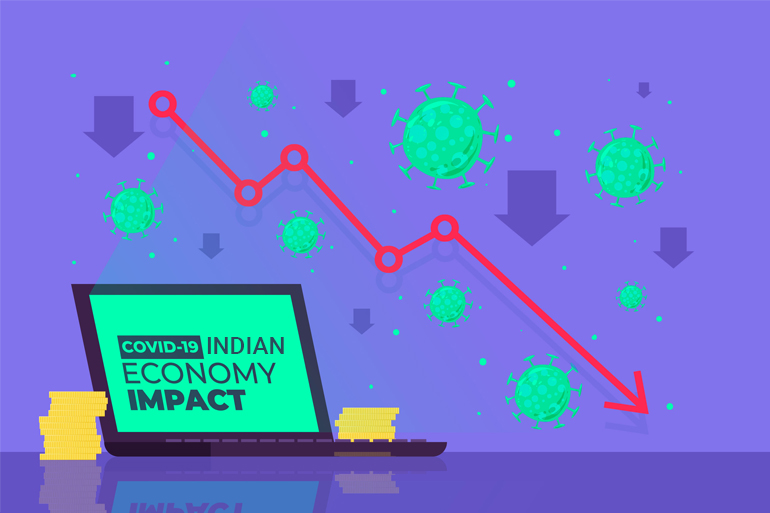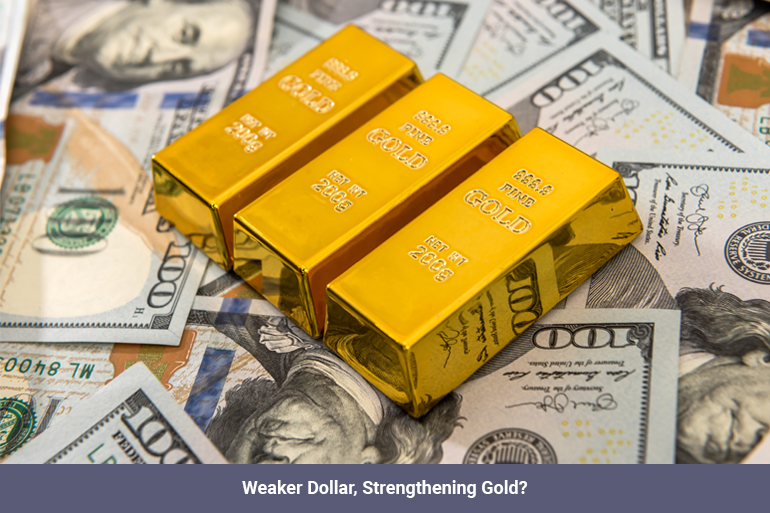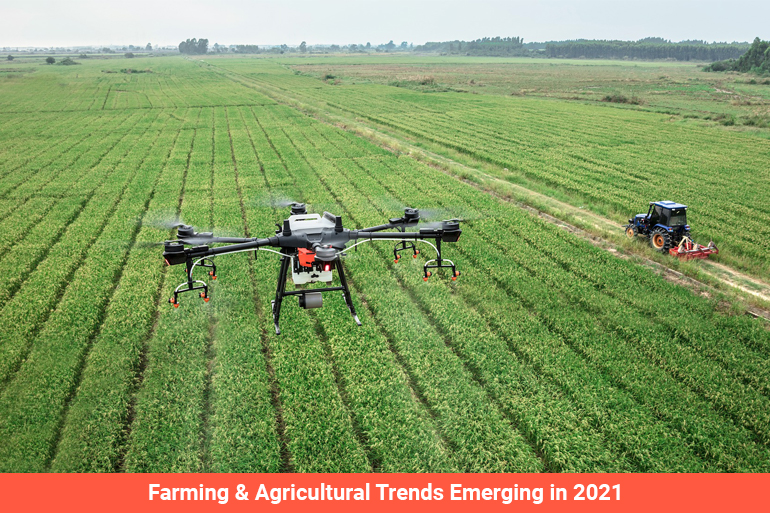Valued at $970 billion in 2019, the Global Luxury Wines and Spirits Market is expected to reach $1411 billion by 2027, with a Compound Annual Growth Rate(CAGR) of 4.9%.
Companies in the alcoholic beverage industry transform raw materials into alcoholic beverages, package them, and distribute them to individual customers and businesses through diverse ways of distribution. Alcohol beverages, on average, have an alcohol by volume (ABV) ranging from 3% to 40%. The same applies to the wines and distilled spirits which are of superior quality and exclusively priced.
The industry’s target market consists of men and women between 30 and 50 years of age, consuming alcoholic beverages during celebrations, holidays,relaxation and casual times. In 2020, the Asia Pacific region was the largest alcoholic beverage market, containing 42%, while the second-largest region was North America, covering 24% of the total market. The Middle East was the smallest region to consume alcoholic beverages.
With the involvement of the internet for extensive propaganda of luxury wines and spirits, the consumer numbers and addition problems have been rising at an unsettling level for governments and healthcare experts of certain countries. As a result, these governments imposed specific conditions on advertising, selling, and distributing alcoholic beverages, limiting their market growth.
The COVID-19 pandemic vigorously affected the luxury wines and spirits market globally, as it did for many industries. Supply networks were disrupted due to trade allegations (banned trade of non-essential goods), and consumption was reduced due to government-imposed lockdowns.
However, the developing and emerging countries are providing more opportunities for the industry, as the millennials and Gen Z are leaning more towards a lifestyle of spending lavishly on premium products, including exclusive wines and spirits. China, Canada, and Germany are countries with a rising partiality for vintage wines for special events. Also, the manufacturers are looking for product differentiation where they offer ready-to-mix blended or hybrid beverages to answer the varying consumer tastes. The market is expected to recover backed by the increase in accelerated urbanisation, growing demand for luxury products and growth in domestic disposable income of consumers.

